 |
 |
 |
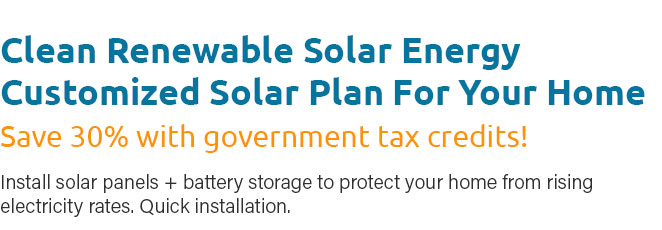 |
 |
 |
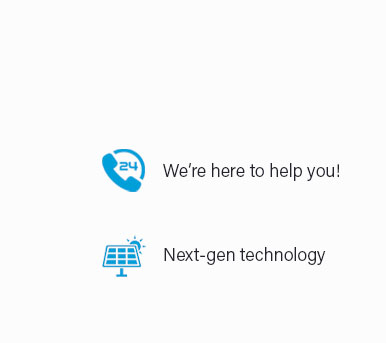 |
 |
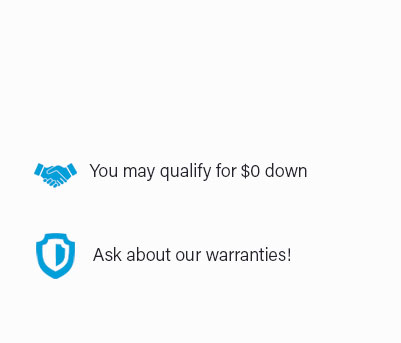 |
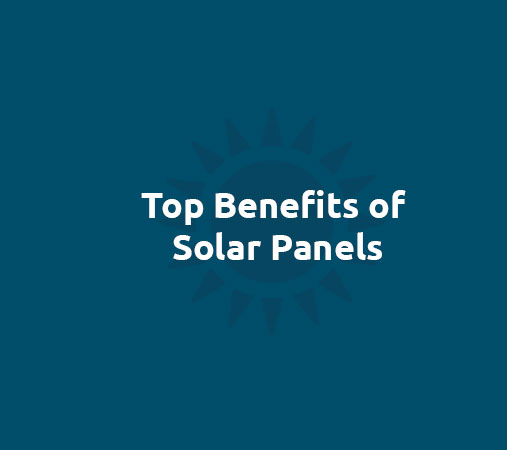 |
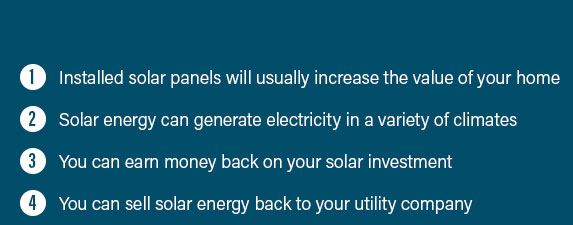 |
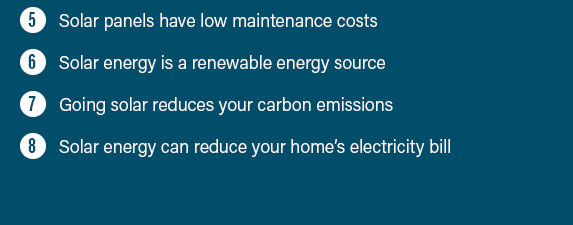 |
 |
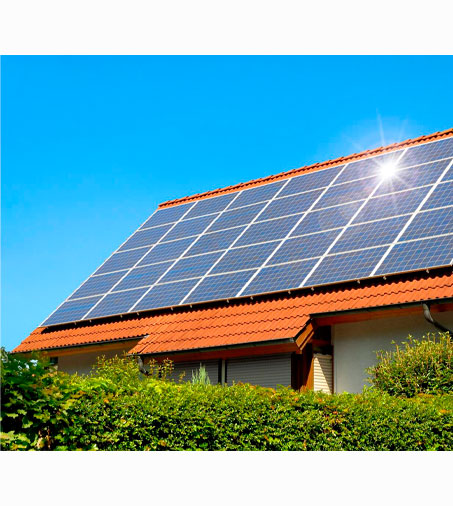 |
|
 |
 |
 |
|
Unlock the future of energy savings with our cutting-edge solar panel installation quote-discover exactly how much it costs to power your home sustainably, and prepare to be amazed by the potential to slash your electricity bills while boosting your property's value; we're not just talking about an investment in solar panels, but a commitment to a greener, smarter lifestyle where innovation meets affordability, and you become part of the clean energy revolution with seamless integration and unparalleled efficiency, because it's not just about asking 'how much is a solar panel for a house' but realizing the limitless possibilities that come with harnessing the sun's power-get your customized quote now and start transforming your home today.
https://www.reddit.com/r/solar/comments/1e2fbie/how_much_would_it_cost_get_a_solar_system_to/
If you want a standard for pricing, typically between $2.50-$3/watt for a cash price is considered fair. So for a 10kW system (10,000 watts, ... https://www.ecowatch.com/solar/panel-cost/tx
The average cost of solar panels in Texas is $3.18 per watt, which is lower than the US average of $3.33 per watt. https://aresolar.com/how-much-does-an-individual-solar-panel-cost/
A typical mid-range quality solar PV panel in 2022 is rated at 380 to 420 watts and will cost between $200 to $315. So if you add all the other ...
|